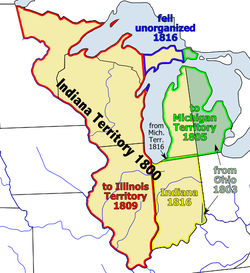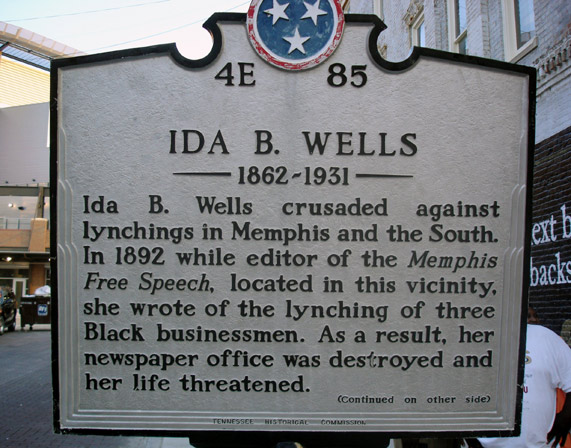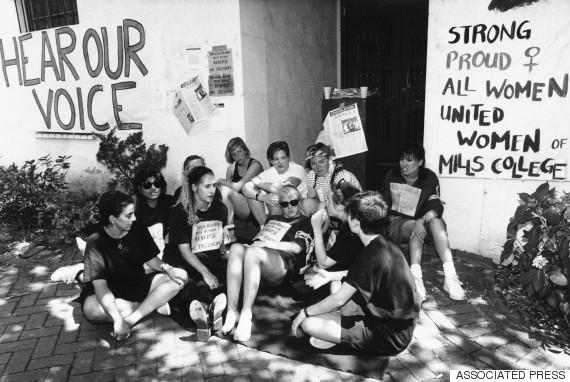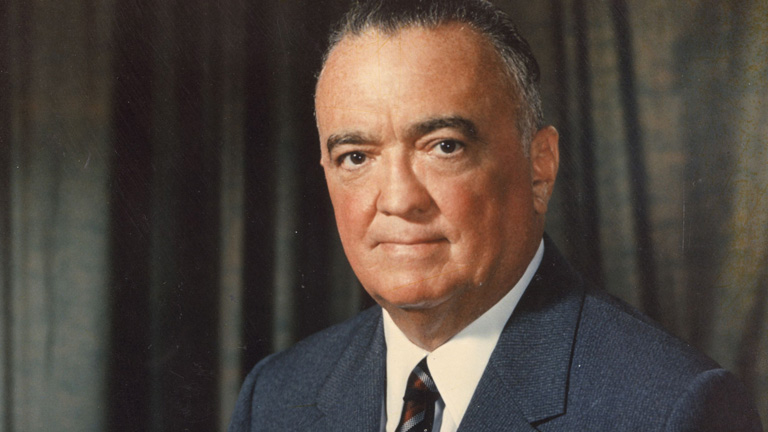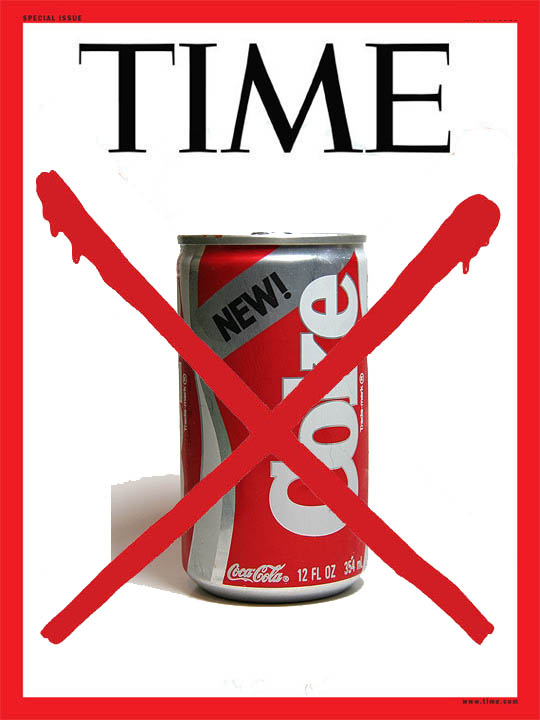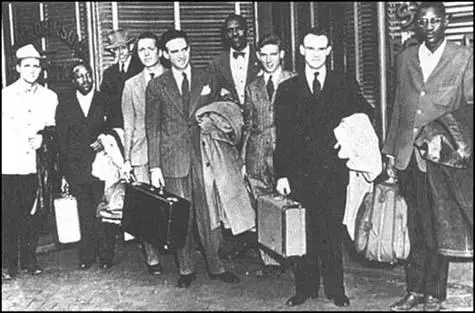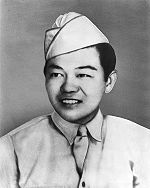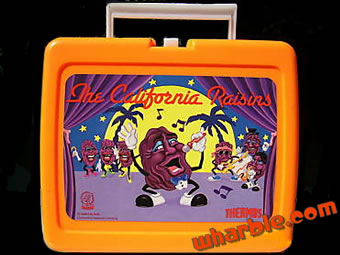On this date in History .... April 23, 1985:
Coca-Cola
made an announcement that forever placed them in the Top Ten of “Worst
Marketing Blunders” when the company announced the introduction of New
Coke. They discontinued producing the
original Coke formula and New Coke took its place (the formula for Diet Coke
was not changed, however).
Robert Goizueta
told employees when he became CEO in 1980 “There are no sacred cows in how the
company did its business”. The public was not amused, nor impressed. Ads that appeared on the Houston Astrodome
scoreboard were booed heavily by the crowd.
Cases of Coke were selling on the black market for $30 a case. Even
Fidel Castro, who was a big Coke fan, called New Coke “a sign of American
capitalistic decadence.” Goizueta’s own father, who had fled Cuba to avoid
Castro’s rule, said it was the only time he had agreed with Castro. Bill Cosby
discontinued being the Coke spokesman because he said Coke had damaged his
credibility.
The backlash was
so severe (thousands of phone calls and over 40,000 letters) that it only took
three months for Coca Cola to backpedal and re-introduce the original Coke
formula under the name of “Coke Classic” on July 10th. It was such big news that ABC’s Brian
Jennings interrupted “General Hospital” with the headline.
Within six months,
Coke sales increased at more than twice the rate of Pepsi and by the end of the
year, New Coke was a mere 3% of the market share. It was eventually
discontinued and “Coke Classic” was relabeled just plain “Coke” again.
"There is a
twist to this story which will please every humanist and will probably keep
Harvard professors puzzled for years," said Coke President Donald Keough
at a press conference. "The simple fact is that all the time and money and
skill poured into consumer research on the new Coca-Cola could not measure or
reveal the deep and abiding emotional attachment to original Coca-Cola felt by
so many people."
